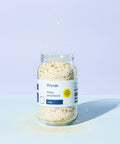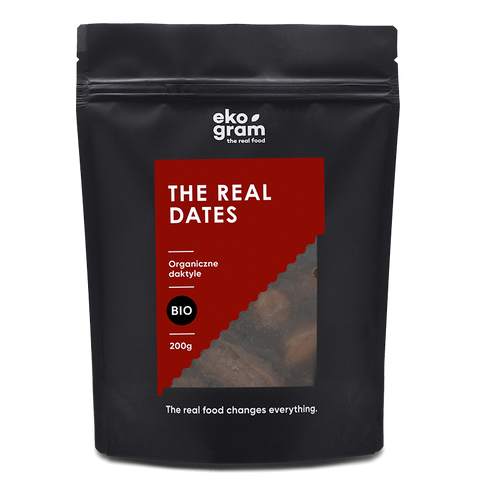Soy sauce is one of the oldest spices in the world
You probably don't remember those times, but salt used to be very expensive. The high price of salt encouraged creativity in creating salty sauces that replaced pure salt. Fermented fish and meat laid the foundations for today's soy sauce. Over time, soy was added to fermentation, and that's how it all started. 2500 years later, we cannot imagine our life without this aromatic sauce.
Types of soy sauce
Soy sauce, soy sauce not equal. This is how you can briefly describe the situation on the soy sauce market. The sauces differ not only in taste, but also in composition. It's not just about the salt content. In sushi bars, we often have a choice of two types of sauce. With normal and reduced salt content. For many people, the division ends there.
Shoyu sauce
This is the most popular type of soy sauce in Poland. A good shoyu soy sauce is usually made from a 50/50 blend of soybeans and wheat and salt. This version of the sauce comes from China.
Tamari sauce
Tamari soy sauce has an interesting history. During the production of their favorite miso paste, the Japanese noticed that the liquid that leaks from it tastes surprisingly good. So good that tamari soy sauce was made on its basis. This version of the sauce does not contain wheat, so it can also be used by people on a gluten-free diet.
Taste of tamari and shoyu sauce
I don't like describing and judging flavors. The best one is always the one that tastes best to you. I prefer the tamari flavor. Why? It's hard for me to describe, maybe because it has more umami. Officially, tamari sauce is considered richer in taste, softer and more salty. Shoyu is sharper in taste, but balanced and less salty. In my opinion, everyone has to try, you can describe endlessly, and this still does not reflect even 1% of the taste.
How is soy sauce made?
The first step is to soak and cook the soybeans in large pressure cookers. For shoyu sauce, even ground wheat is added. The koji mushroom (aspergillus oryzae) is added to the cooked soybeans and left to ferment under appropriate conditions for a few days. The fermented soybeans are mixed with water and salt and stored in wooden barrels for several months with regular stirring. This paste is moromi. Moromi paste is wrapped in cloth scarves and squeezed out with a heavy press. That squeezed "juice" is soy sauce.
Is it worth choosing organic soy sauce?
Soybeans and corn are the most genetically modified grains in the world. If we want to be sure that our sauce is made of non-GMO seeds, it is worth choosing organic sauces (BIO). For certified organic products, GMOs are prohibited worldwide.
An alternative to soy sauce
If you don't like the taste of soy sauce or for some reason you don't want to eat soy-based products, all is not lost. Coconut amino acids come to the rescue.
Coconut amino acids
They are formed by fermentation of coconut flower juice with the addition of salt. Coconut amino acids taste similar to soy sauce. They are very tasty. However, the taste is sweeter and less salty compared to soy sauce. However, this is not a disadvantage. They are great for recipes where soy sauce is mixed with, for example, honey to obtain sweet sauces. There you can safely use only amino acids. It's just worth remembering to keep the amino acids in the refrigerator after opening.



























Comments (0)
There are no comments for this article. Be the first one to leave a message!